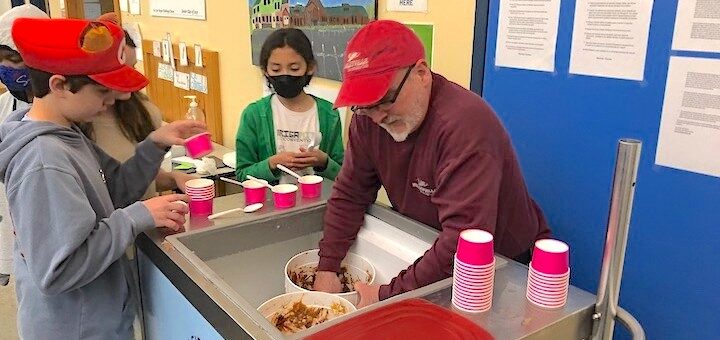Teaching and learning in grades 4-8
If you’ve found class book clubs frustrating, it’s time to read Sara Kugler’s Better Book Clubs. She guides teachers through each step in developing clubs that will help students want to read and talk about books. Literacy leader Sarah Valter highly recommends this resource.
To avoid having movies and parties consume valuable learning time during the last weeks of school, teacher educator Curtis Chandler suggests ways to celebrate and solidify knowledge gained during the year. Tips for new teachers and veterans, including a list from ChatGPT-4.
DeAnna Miller’s participation in a national teacher educators’ conference after a long personal learning drought energized her and gave her hope for the future of public education. “I had an epiphany,” she writes. “I was starved for professional engagement and camaraderie.”
Teachers are feedback machines – “we do it all day long!” – writes classroom teacher and popular blogger Larry Ferlazzo. Here he focuses on ways to give feedback that’s particularly effective at enhancing students’ sense of competence and encouraging intrinsic motivation.
“And the winner is… Moose on the Loose!” Students cheered and lined up at the ice cream cart for a scoop – a product of collaboration, market research, and community partnerships. Middle school teacher leader Jeny Randall shares the story of a successful business elective.
Authentic Literacy Instruction cuts through the literacy fog and all the opposing claims about reading instruction to present practical, actionable techniques teachers can use with any curriculum in grades 6-12, says ELA/reading teacher Erin Corrigan-Smith.
Ramp up poetry positivity with the Peel the Fruit activity from Project Zero. Throughout the year NBCT Kathie Palmieri helps her fifth graders uncover layers of poetry understanding and then invites them to write their own. Their current favorite: the Intimate Object Poem.
Many problems that emerge in the ‘wonder years’ might be alleviated with a high quality puberty education program, writes health educator Wendy Sellers. “You will benefit from cultivating a more productive classroom climate and knowing you are meeting your students’ needs.”
Scholastic’s Dwaine Millard explores how community libraries can both offer all young people opportunities to improve their access to resources and technology and provide face-to-face settings where they can form positive social norms outside the boundaries of social media.
What would it be like to spend time together with colleagues on a regular basis to learn and improve our teaching skills? To investigate that question, Anne Jolly embarked on a year-long, onsite action research project to design and test a middle school teacher collaboration process.







































